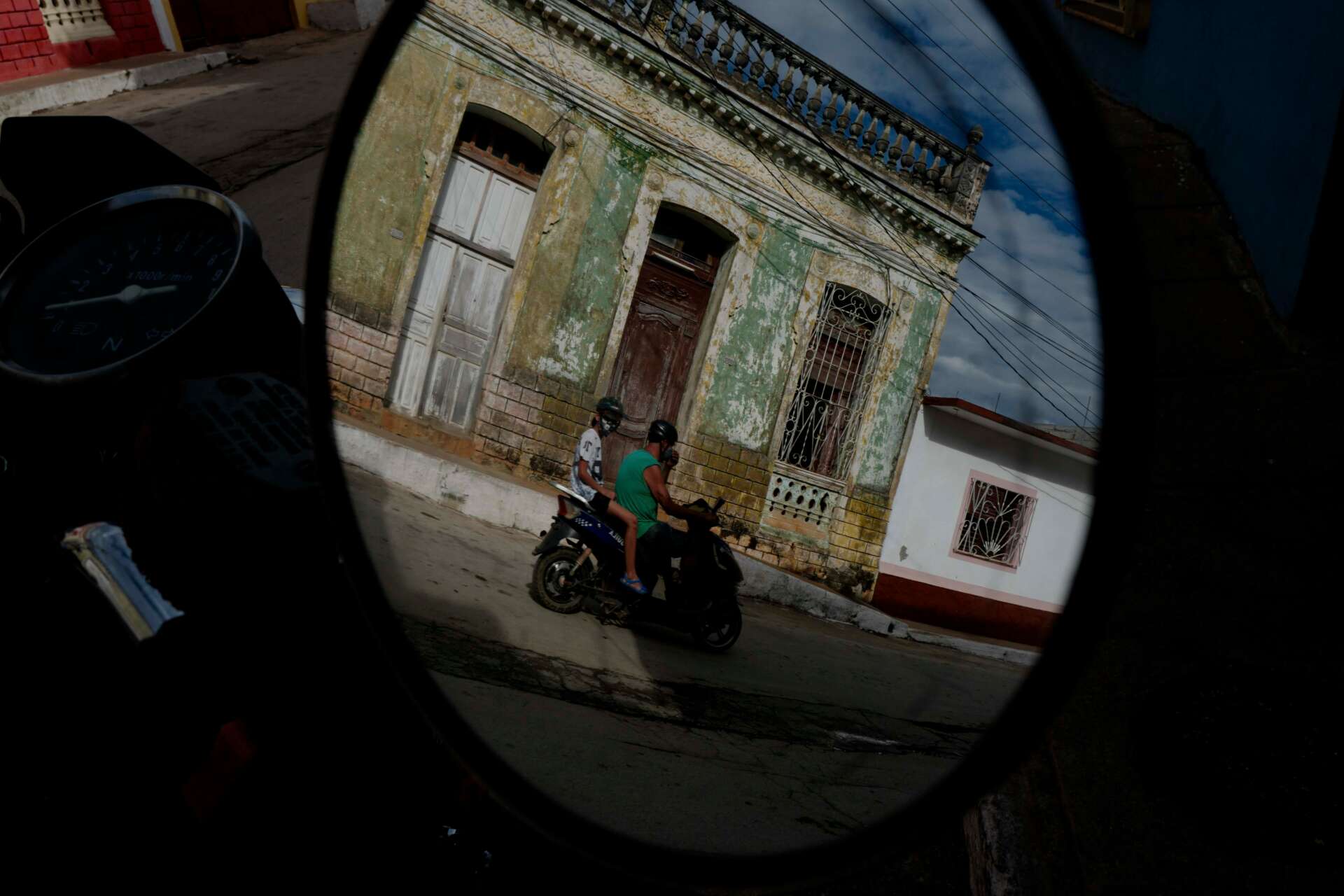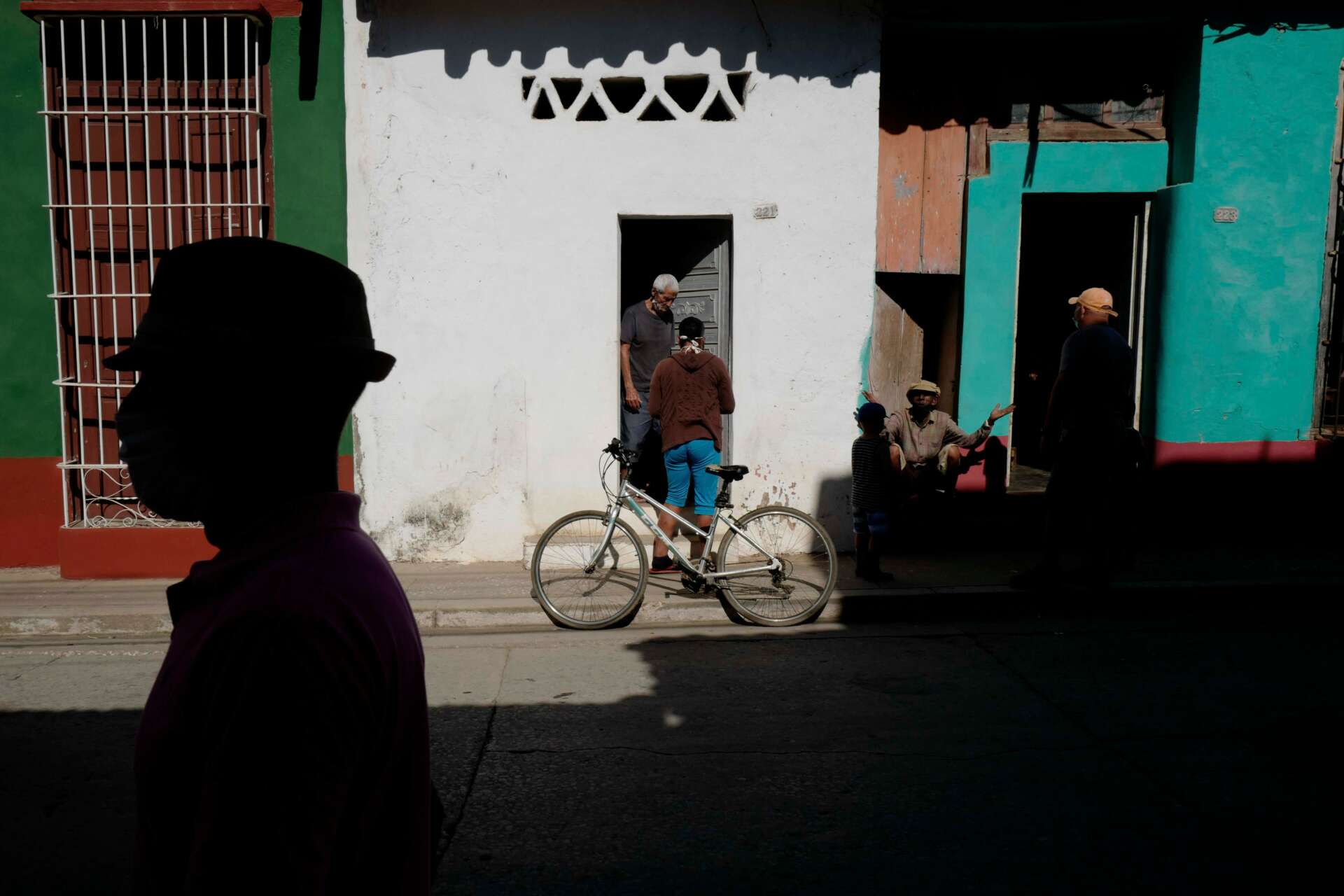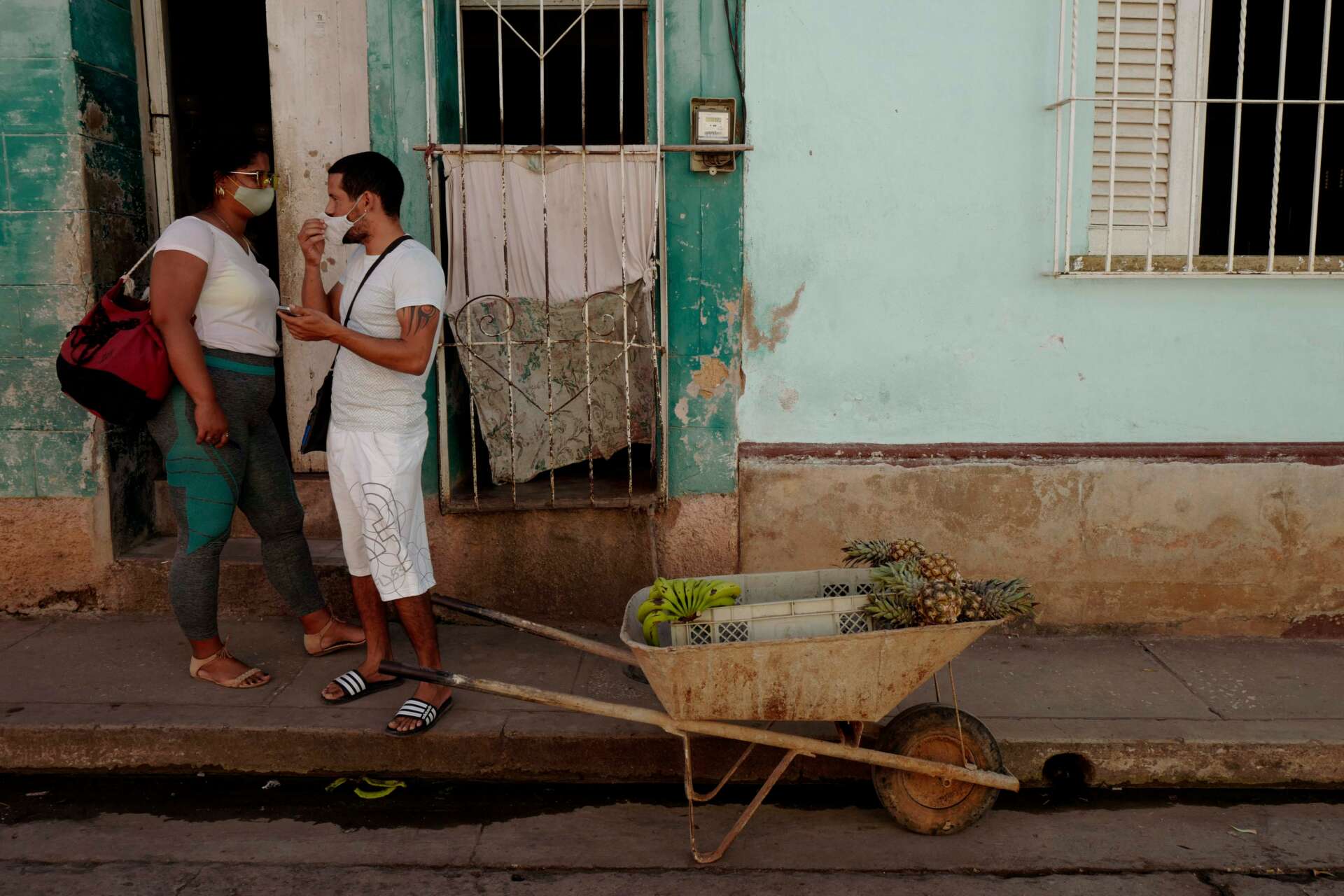We recently connected with Stephanie Duprie Routh and have shared our conversation below.
Alright, Stephanie thanks for taking the time to share your stories and insights with us today. We’d love to hear about a project that you’ve worked on that’s meant a lot to you.
Several years ago, I was part of a photography collective. Someone in the group suggested we start a Heart Gallery in collaboration with the State of Texas. It was an initiative aimed at finding ‘forever families’ for foster children using photography as a method. The project focused primarily on ‘harder to place” kids, (sibling groups and older children). I was one of the founding member photographers for the Austin Heart Gallery, photographing children for seven years. In that time, adoption rates increased by 400%. I grew up in a stable, two-parent household in a migrant community where everyone had strong family ties. Oddly, my community also had a high adopted population. I have several friends who, although adopted, had the same familial structure I enjoyed. This project was a way for me to try to help others find the same kind of community and support.


Stephanie, love having you share your insights with us. Before we ask you more questions, maybe you can take a moment to introduce yourself to our readers who might have missed our earlier conversations?
Mark Twain said “Travel is fatal to prejudice, bigotry, and narrow-mindedness, and many of our people need it sorely on these accounts. Broad, wholesome, charitable views of men and things cannot be acquired by vegetating in one little corner of the earth all one’s lifetime.” I embrace and agree with his mindset. Traveling to explore cultures of the world, meeting people and talking with them to better understand their lives, and then photographing these people and places is integral to my work as a photographer. I work on both long-form/slow documentary projects as well as short term assignments. My projects always connect with me on a personal level, whether through my past or my present. I am a believer in using photography to open minds and hopefully initiate positive change for the greater good. It may sound like a lofty goal but I am putting in the effort. As a photographer, I work towards fulfilling Twain’s and my hopes of removing the negative in our world by showing broad and enlightening views to others in anticipation of positive actions in the future. I am very proud that several of my projects have inspired conversations about the environment, the economy, adoption, basic needs, and women. These projects have been published or exhibited and have reached audiences that I could not have reached without a visual language. I will continue to pursue photographic projects, either via commissions or of my own initiative, to create a better, more tolerant future for humanity.
For you, what’s the most rewarding aspect of being creative?
There are two things that give me great joy by being an artist: flow and the ability to open a visual door for others that aren’t as fortunate as me. Getting into “the flow” when creating art–whether through photography or writing–is an incredibly relaxing and invigorating experience. It may be counterintuitive to think the brain can simultaneously feel as chill as ever while also finding energy and excitement, but that’s what that flow is! Everything else in the world falls away and it’s just me and my art.
The other aspect of making photographs I find rewarding is knowing that my images may be able to show someone a new place or open an emotional door. I am fortunate I am able to travel extensively and my images can highlight topics ranging from culture to environmental to pure beauty for those who may not be able or want to travel. Affecting change for others through photography is incredibly rewarding regardless of the size or type of shift. A smile by one person is just as heart-warming as the enactment of policy that affects many people.



Is there something you think non-creatives will struggle to understand about your journey as a creative?
People who are creative tend to think and act in unorthodox ways. Their job structure may not be traditional and they may live in a way that doesn’t conform to societal norms. These unique qualities are what enables them to follow creative pursuits freely in order to connect with the work they do. Creatives tend to work through questions or challenges by using their art as a conduit. My mother, an English teacher, once told me that small children want to read the same book over and again because they have unresolved questions about something in the text. It takes multiple times for the child to recognize the answers. This is true for artists as well: We tend to keep making art until our search reveals the answers we seek. While it may not make sense to someone whose brain is more rooted in repetitive daily life, a creative life is no less structured. Some people take a straight line with their life, following societal prescriptions about how to live whereas artists tend to follow many paths that may look like a spilled bowl of spaghetti. However, they are no less organized, focused, or determined to succeed. The best thing non-creatives can do when observing an artist’s life is to be curious about the path and non-judgmental about the decisions the artist makes. Different is not dangerous–it’s what makes the world an interesting place.
Contact Info:
- Website: http://www.stephanieduprierouth.com
- Instagram: @StephanieDuprieRouth
- Facebook: https://www.facebook.com/stephanieduprierouth/
- Linkedin: https://www.linkedin.com/in/stephanieduprierouth/
Image Credits
portrait of me by Stella Johnson


